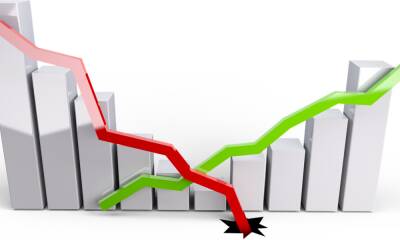Does a Fed digital dollar leave any room for crypto stablecoins?
During Jerome Powell’s Jan. 11 United States Senate confirmation hearings, Sen. Patrick Toomey posed a question to the incumbent-and-future Federal Reserve chief: “If Congress were to authorize and the Fed were to pursue a central bank digital dollar, is there anything about that that ought to preclude a well-regulated privately-issued stablecoin from co-existing with a central bank digital dollar?”
“No. Not at all,” the central banker answered — a response that surely brought some relief to the crypto community. At least the Fed wasn’t seeking to ban stablecoins. That bullet had apparently been dodged.
But, Toomey raised a significant and abiding question: Can stablecoins and a Federal Reserve digital dollar really coexist? If individual Americans were to have retail accounts with the Federal Reserve — as Toomey posited in what may have been an exaggerated scenario — “and the Fed becomes the retail banker to America,” why does one even need stablecoins? Or traditional retail banks for that matter?
Indeed, in a discussion paper released on Jan 20, the Fed cited various potential risks associated with a digital dollar, including that a CBDC could effectively replace commercial bank money. That paper was aimed at eliciting public comment, while elsewhere the Fed has indicated no interest in rushing out a digital currency despite the efforts of other countries like China.
Not all assumed the two could co-exist. “A widely and easily accessible digital dollar would undercut the case for privately issued stablecoins,” Eswar Prasad, professor of economics at Cornell University and author of the book, The Future of Money, told Cointelegraph, though “stablecoins issued by major corporations could still have traction, particularly
Read more on cointelegraph.com



















